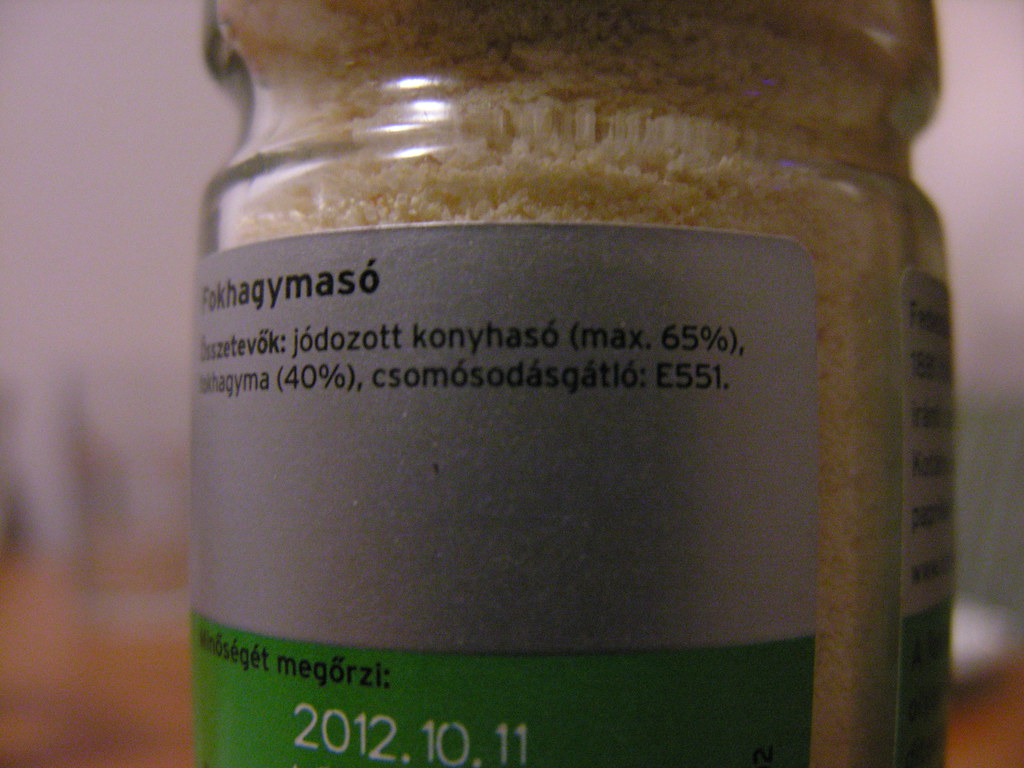If you have recently been diagnosed with coeliac you will be reading the ingredients labels of all the products that you put into your food very carefully. One of the ingredients that will come up quite regularly is silicon dioxide which is also sometimes referred to as E551. Given, that this is not the typical ingredient you may be wondering if it is gluten-free.
Silicon dioxide is gluten-free and is used widely in many different products. It is a small molecule that is naturally occurring and things like quartz and rock. It has many different applications outside of food including cosmetics and coatings to name a few.
It is just one of the many different additives that food companies use to get the properties they want from the products that they are selling to the general public. These products typically contain a range of different additives that are coded in a similar manner to silicon dioxide and therefore often cause concern for those people that have food allergies.

It is important to realize that the food laws in most countries require manufacturers to disclose whether a product has an allergen in it such as wheat or nuts. To do this companies tend to highlight anything that is made from wheat by bolding its text. It is also common to place a state general statement at the bottom of the product label declaring the allergens that are present.
This means that if the additives do not have something derived from wheat after them on the label then they can be assumed to be gluten-free. However, it is important to note that there are a couple of extra things that can confuse people that are unfamiliar with labeling requirements.
The first thing is that there is a couple of exceptions where a product can contain wheat but not gluten. These exceptions are sugars that have been derived from a wheat source such as glucose and dextrose. This is because the level of processing is so high in the production of these products that all gluten that was present in the original grain has since been removed. So as a general rule any products ending in “ose” are safe to eat even if they have been derived from wheat.
The other confusing thing that companies often do is place a statement at the bottom of the product saying it may contain gluten even if there are no sources of wheat in the list of ingredients. This is usually done because the products are made on the same equipment as products containing gluten and therefore to cover themselves place this statement on the product packaging
The reality is that if the product does not contain wheat in the ingredients list and it has that statement on it it will be fine for a coeliac to eat and they will not have any adverse reactions.

Why Is Silicon Dioxide Added To Food?
Given, that silicon dioxide has been added to the food you may be wondering why. Silicon dioxide is used as an anti-caking agent in powdered products and also as a clearing or fining agent in fermented products such as beer.
The reason that silicon dioxide is used is that it is hydroscopic which means it absorbs water easily. This means in powdered products that any moisture in the air that is absorbed by the silicon dioxide prevents the particles of the powder from sticking together and clumping hence the reason it is an anti-caking agent.
In fermented products, silicon dioxide serves as a coagulant which means that if there are any fine particles of yeast left in beer or wine the silicon dioxide will collect. Once the particles become heavy enough they will drop to the bottom of the vat. They can then be drained away producing a clear product.
Does Silicon Dioxide Have Any Known Health Issues?
Silicon dioxide, which is also known as silica, does have some issues associated with it in certain applications, however, its use as a food additive is not one of them. The product is used at extremely low levels in food additives and is considered non-toxic at these levels when ingested.
Silicon dioxide can cause problems when it becomes airborne and is inhaled and it can eventually lead to lung cancer. It is most commonly a problem in the sandblasting industry where it is used as an abrasive. In these applications that have been a number of health issues associated with the product.
Featured Article: “Csomósodásgátló: E551” by CyberMacs is licensed under CC BY-NC-SA 2.0.
Relevant Articles
Why Is Gluten-Free Bread So Small?
Does Gluten-Free Bread Taste Different?

Comments are closed